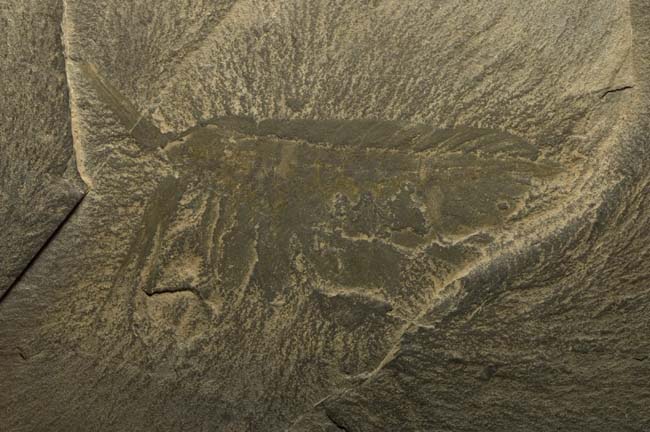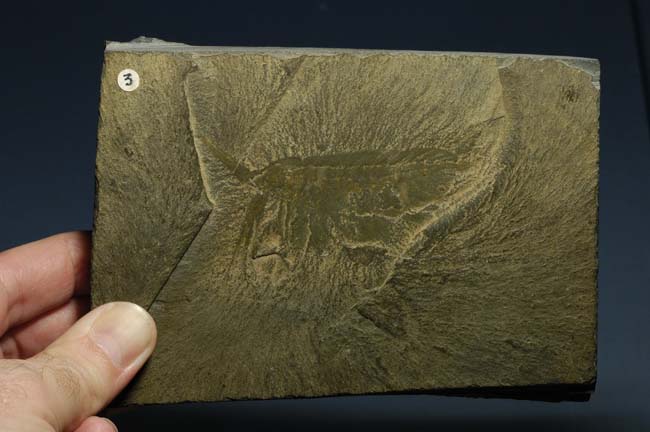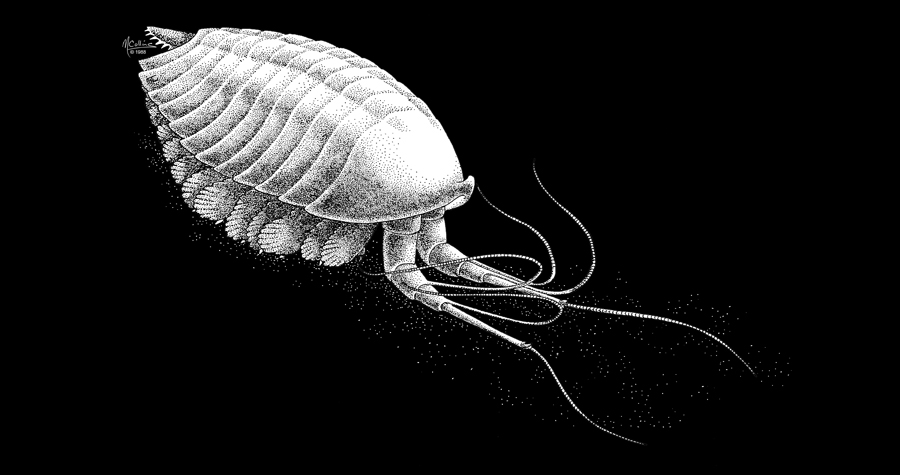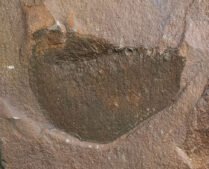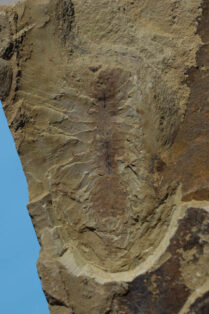Description
The eyeless predator.
Prominent are large, frontal appendages with long extended whiplike extensions.
Since Leanchoilia was apparently blind (no eye-like structures have yet been found), these appendages helped locate food and keep Leanchoilia informed about its surroundings.
The morphology of the great appendage and the presence of a basipod with strong median armature on the biramous appendages indicate that L. superlata was an active and agile necto-benthic predator (not a scavenger or deposit feeder as previously interpreted).
Middle Cambrian
burgess shale
stephens formation
Field, british columbia, BC, Canada
85mm on 147mm x 105mm slab
Arthropod, Burgess Shale

